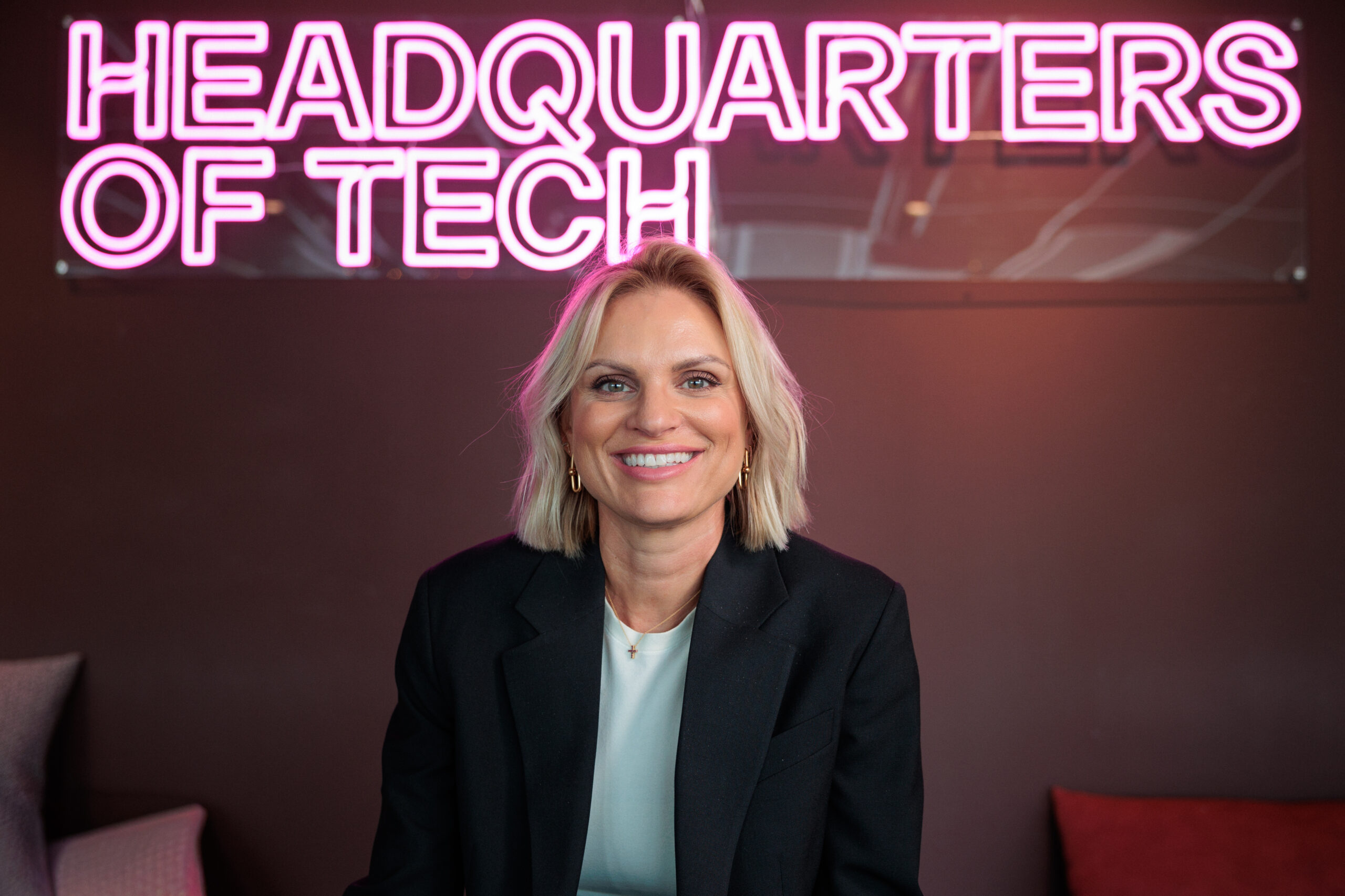Digital Resilience – The Next Competitive Advantage
Digital Resilience – The Next Competitive Advantage
For two decades, digital transformation has been a guiding star for corporate strategies. Cloud, automation, and AI have enabled faster innovation and efficiency. But in a world shaped by pandemics, cyber threats, and geopolitical uncertainty, being digital is no longer enough. The next competitive advantage is digital resilience – the ability to withstand crises, adapt quickly, and continue delivering value despite external disruptions.

The pandemic showed how fast companies could be forced to shift to entirely new ways of working. Cyberattacks on critical infrastructure in Europe reminded us that digital systems are not immune to external threats. And supply chain crises have hit both industry and the public sector hard.
Research from RISE highlights this shift clearly: digitalization alone is no longer sufficient – companies need to build robustness, flexibility, and continuity into their digital systems to withstand crises without losing business value.
Three Dimensions of Digital Resilience
Digital resilience can be understood across three interdependent perspectives:
- Technical resilience: Systems must be designed with redundancy, failover mechanisms, and strong security layers. Cloud infrastructure and edge solutions make it possible to scale and recover quickly. RISE emphasizes technical architecture as the foundation of resilience.
- Organizational resilience: Resilience is as much about people as technology. During the pandemic, organizations with cross-functional teams and flexible processes adapted within days, while others got stuck in rigid structures. TechSverige and other Nordic actors have therefore launched joint initiatives on digital resilience, focusing on collaboration across borders.
- Business resilience: The ability to continue delivering core value, regardless of external conditions, is itself a competitive edge. The EU Commission’s State of the Digital Decade Report (2025) highlights this as crucial for Europe’s long-term competitiveness. Sweden’s Civil Contingencies Agency (MSB) also stresses that resilience is part of societal responsibility – organizations that provide stability also build trust.
From Risk to Strategy
There is a growing understanding that resilience is not just about risk management, but about strategy. Gartner points out that companies with high digital resilience achieve both stronger customer satisfaction and higher profitability, even in uncertain times. Reports from McKinsey also show that resilient companies outperformed competitors on the stock market during the crises of the 2020s.
In practice, this means that resilience is becoming a differentiating factor: not only a safety net, but something that can be actively used in positioning and sales.
The Developer’s Role in Resilience
Code is never neutral – it always reflects assumptions about how the system should work. But in an uncertain world, building for ideal conditions is no longer enough.
Developers today need to design for recovery and fallback, not just functionality. Methods like DevSecOps ensure that security is embedded from the start, while techniques such as Chaos Engineering help teams test the real resilience of systems. Distributed systems like Kubernetes enable workloads to shift during outages and allow resilience at scale.
This also transforms the culture. Developers are no longer just code suppliers – they become strategic partners in building business-critical systems that must keep running even when the world shakes.
Next Step: AI and Resilience
AI opens new possibilities for strengthening resilience: from predictive risk analysis to automated incident response and self-healing cloud environments. MSB’s knowledge overview (2024) describes how AI is already being used to detect anomalies and prevent intrusions.
At the same time, there are risks. Without proper governance, AI itself can become a weak point – through lack of transparency or flawed decisions. The EU’s AI Act, effective from 2024, emphasizes governance and accountability as key to ensuring that AI contributes to resilience rather than undermining it.
HiQ’s Perspective
At HiQ, we see digital resilience as the natural next step after digital transformation – a new critical competitive advantage.
- For companies, it means helping organizations move beyond digitalization to build ecosystems that can withstand disruptions and still deliver value.
- For developers, it means building solutions that don’t just work – but keep working under pressure and unforeseen conditions.
Resilience is created at the intersection of technology, culture, and business. And that is where we see our role.
Digital transformation was the first step. Digital resilience is the next. In a world where uncertainty is the new normal, the companies that build robustness, flexibility, and trust will be the ones standing strongest – and shaping the competitive advantages of the future.

Get in touch!
Get in touch!
Choose your nearest office, looking forward to hear from you!
Region Norrköping/Linköping





































































